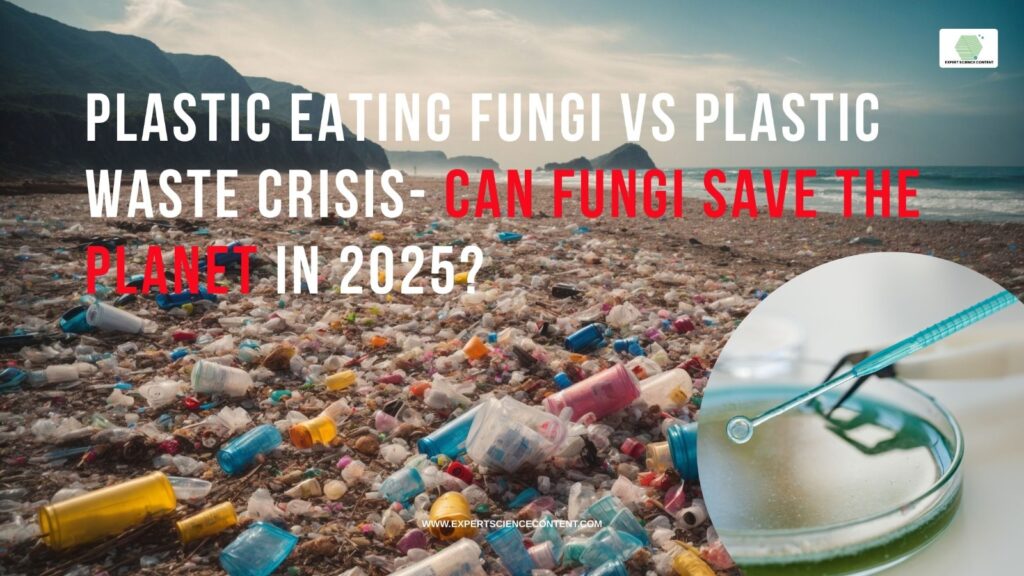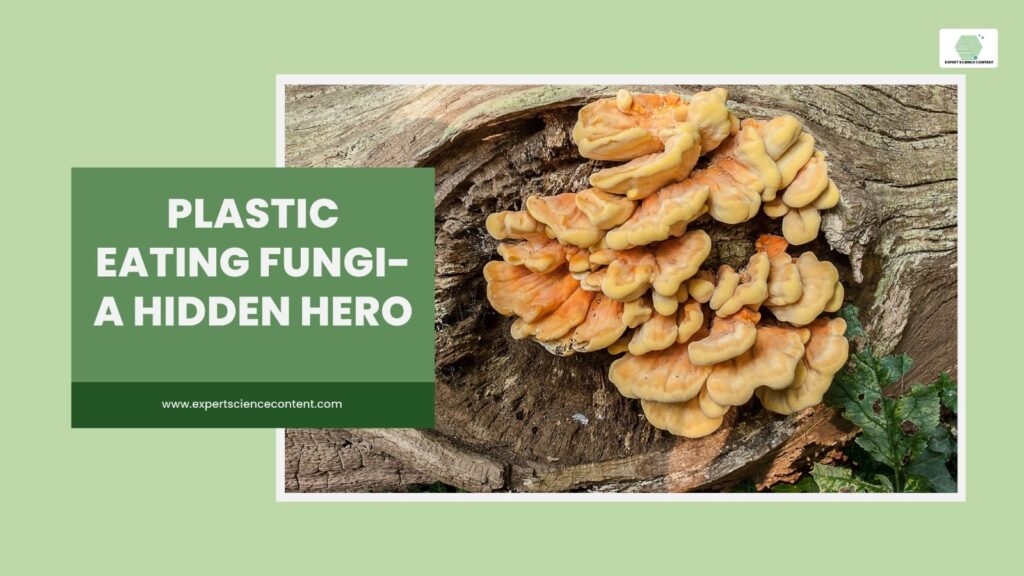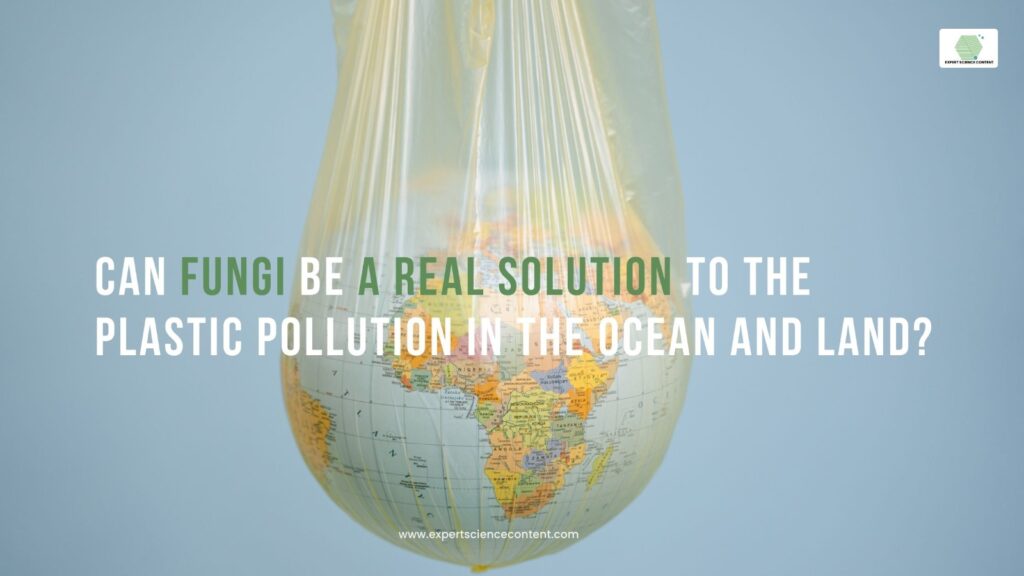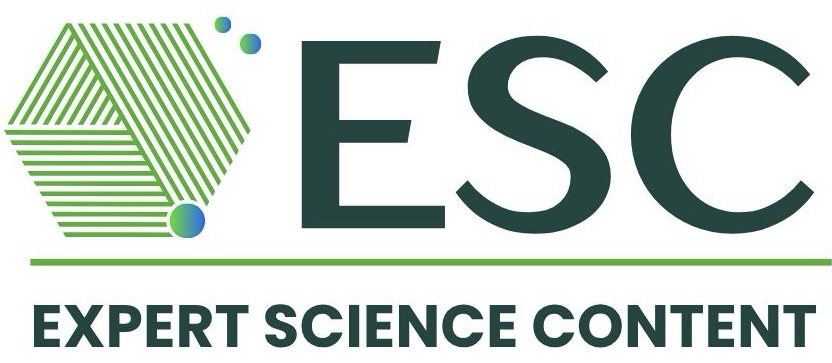Plastic Eating Fungi Vs Plastic Waste Crisis- Can Fungi Save the Planet in 2025?
- Published By: Dr. Anindita Talukdar
- Published On: July 14, 2025
- 7 Minutes to read

Earth vs. Plastic waste: A Crisis of Our Own Making
The growing amount of plastic waste is a major global environmental crisis of our time.There’s no denying that plastic, especially polythene bags, are the most convenient options for consumers. While plastics are the most affordable, and durable to use without a second thought, what most of us do not realize is that they won’t disappear for hundreds of years—instead, they break into harmful micro- and nanoplastics under sunlight, heat, and pressure. These harmful micro-fragments threaten our environment by releasing toxic chemicals like phthalates and BPA, trapping our wildlife and marine animals.
Plastic waste is a prevalent and persistent pollutant in the environment. Moreover, it is now the most common marine pollutant and a rapidly expanding ocean habitat making an urgent need for effective degradation solutions.
In this blog you can get insight into the promising solution of current global production of polythene bags and plastic waste accumulation in nature.
The Scope of the Plastic Waste Crisis
Plastic, a ubiquitous part of our daily lives! Plastic is everywhere—from food packaging and clothing to electronics and automotive parts:
- 625,000 garbage trucks worth of plastic enter the ocean each year.
- As of 2025, the world has generated 220 million tonnes, with an average of 28 kg per person of plastic waste.
- 79% of that was dumped into landfills or the environment.
- Plastic is now the fastest growing ocean habitat—a chilling thought.

Plastic Eating Fungi- A Hidden Hero
Exploring the Plastic Pollution to solution
Research studies about certain microbes have been shown to degrade complex plastic polymers and are considered good candidates for bioremediation (The process of removing environmental pollutants from air, water, soil by a biological system). So here enters an unexpected ally in the fight against plastic battle waste- fungi. Yes, you read that right. Marine fungi—tiny, often overlooked organisms from the sea—are showing astonishing promise in eating, degrading and breaking down polypropylene. In a world producing over 200 million tons of plastic annually, a bioremediation breakthrough like this could change everything. As Ali Abbas, Professor Waste Transformation Research Hub rightly said “This is nature’s way of doing things”.
Let’s explore how marine fungi are redefining the future of plastic degradation if they could and what this means for a cleaner, more sustainable planet for our future.

Marine Fungi: Nature’s Plastic Eating Fungi
A Promising Discovery from Hawaii
Recent study from the University of Hawaiʻi at Mānoa offers an exciting new avenue. Scientists and researchers have discovered that a broad variety of marine fungi isolated from Hawaiʻi’s nearshore environment can degrade plastic, while some of them are conditioned to that even at a surprisingly faster rate without external treatment. In their studies among 68 different strains, three fungi stood out for their ability to rapidly degrade polyurethane (PU) , a tough plastic to degrade.
Ronja Steinbach, a marine biology undergraduate student who led the research said “We were shocked to find that more than 60% of the fungi we collected from the ocean had some ability to eat plastic and transform it into fungi”. What’s even more impressive is that some fungi increased their degradation ability by 15% in just three months—an example of rapid adaptation.
Another lead scientist on the research team, Anthony Amend, a professor at the Pacific Biosciences Research Center, said “Fungi possess a superpower for eating things that other organisms can’t digest (like wood, or chitin), so we tested the fungi in our collection for their ability to digest plastic”.
Sydney Scientists Scaling Green Solution
A team of scientists led by Professor Ali Abbas at the University of Sydney has been working on scaling up a fungal-based biodegradable solution to address plastic pollution in the ocean and land. Previously, the team discovered a terrestrial fungus capable of degrading PP5 plastic by 21% in 30 days and 27% in 90 days. Polypropylene (PP5) or commonly known as thermoplastic is one of the most common and difficult-to-recycled plastics used in bottle caps, food packaging, coat hangers, and car parts.
These laboratory discoveries are promising, but they must overcome several challenges before they can be applied on a global scale. That’s why scientists at the University of Sydney are focused on optimizing and scaling up the process. However, the path is not easy and turning this discovery into a worldwide solution will take time and a lot of effort.
German Team's Plastic Eating Fungi Breakthrough
In a recent study called“Tapping Into Fungal Potential: Biodegradation of Plastic and Rubber by Potent Fungi” published in “Science of The Total Environment” by Sabreen S. Ibrahim and his team identified a set of potent plastic eating fungi. These fungi demonstrated the ability to colonize and degrade common plastic polymers and polythene bags without any pretreatment, offering a promising natural solution for plastic waste. This study builds on earlier discoveries, including the pivotal 2011 finding by Yale University students who identified Pestalotiopsis microspora in the Amazon rain forest—a fungus capable of digesting polyurethane in oxygen-free environments. Moreover, in this type of process, biodegradation occurs at lower temperatures, making it less energy-intensive compared to conventional industrial methods. Together, these findings mark significant progress in fungal-based bioremediation research.
A European Breakthrough Against Plastic Pollution
Another set of scientists from Europe has discovered a new type of fungus from the Penicillium family that can break down polyurethane (PU), a common plastic used in things like foam cushions and insulation. This is the first time this particular kind of fungus has been found for breaking down plastic waste. It shows great promise in fighting polythene bags and plastic pollution in an eco-friendly way. The particular fungus was able to break down a model form of PU, which is an important step toward tackling the real, everyday plastic waste we produce in large amounts.
China’s Discovery of Plastic Eating Fungi
Another breakthrough against plastic pollution in the ocean from Chinese researchers has been published in the Journal of Hazardous Materials. A group of scientists and researchers, led by Guan Pang at the Royal Botanic Gardens, has identified a diverse microbiome of plastic eating fungi and bacteria in the coastal salt marshes of Jiangsu, China. They are studying various bacterial and fungal strains—among them, 55 bacteria and 184 fungi have shown the ability to degrade petroleum-based polymers. Additionally, a bacterial species named Jonesia spp. shows promise as a bioeffector for plastic waste degradation.
Thus we can say that there are numerous discoveries still to be made on the specific domain for future plastic biodegradation to happen on a large scale but yes there is hope and high chances we can get there very soon.
The Bigger Picture: Future of Plastic Biodegradation
Fungi are uniquely qualified for their unique biological structure and thus they have the ability to thrive in diverse environments and break down multiple types of plastic as per the above scientific breakthrough. These fungi have the potential to transform the global waste management outlook to create a much cleaner sustainable future.
Plastic, as it turns out, mimics some of these natural polymers, and fungi treat it the same way—with enzymes that chew through molecular chains and convert them into biomass.
They belong to multiple fungal classes, including Ascomycota, Basidiomycota, and Mucoromycota, many of which are poorly studied. According to the research, less than 1% of marine fungi are currently described. This opens up a world of untapped potential for future research as these hungry plastic-eating fungi can be a solution to drastically increasing plastic pollution.
Here’s what makes these findings so exciting:
- Nature-based: Fungi are biodegradable, natural, and non-toxic.
- Scalable Potential: With further research and collaboration with different departments, fungi-based degradation could be adapted to different environments and plastic types.
- Biotechnological Use: Marine fungi could become the cornerstone of eco-industrial waste management.
- Multi-disciplinary Application: Engineers, chemists, oceanographers, and biologists can collaborate to scale up and automate this approach.
- Nature-based: Fungi are biodegradable, natural, and non-toxic.

Can fungi be a real solution to the Plastic Pollution in the Ocean and Land?
The question may seem simple, but the answer is not. Dr. Irina Druzhinina, Senior Research Leader in Fungal Diversity and Systematics at RBG Kew, says“Microbiologists across the board feel responsible for finding solutions to the ecologically friendly treatment of plastic waste because bacteria and fungi will be the first organisms to learn how to deal with this new material. We have no doubt that microbes will figure out ways to effectively degrade plastic, but this may take thousands of years if we leave nature to run its course. That is why our task is to utilize the knowledge we already possess of microbial biology, to speed up and direct the evolution of microbes and their individual genes to do the job now.’
That’s why scientists are delving into the molecular mechanisms that enable fungi to digest plastic, potentially unlocking faster and more efficient strains in the future. The broader goal in the fight against plastic is to accelerate nature’s process through scientific understanding, helping to combat one of the world’s most dangerous and widespread plastic waste crises.
Hope on the Horizon
This fungal breakthrough is more than just a novel lab experiment—it’s a hopeful sign in a world urgently seeking sustainable solutions. Research groups worldwide are now investigating whether these promising fungi can break down persistent plastics like polyethylene and PET, which are major contributors to plastic pollution in the ocean and land.
While marine fungi or plastic eating fungi, are not a cure-all, they represent a vital tool in the global effort to tackle plastic waste. With collaboration between scientists, researchers, engineers, chemists, and oceanographers, these natural degraders could help turn lab findings into real-world solutions for cleaning our beaches and oceans.
However, these progresses require more research, funding, and interdisciplinary teamwork. Just as importantly, we must take immediate steps to reduce plastic use in our daily lives to support the planet’s recovery.
Nature has already offered us a tool—it’s now up to us to use it wisely.
If you’re passionate about environmental innovation or seeking credible scientific insights, visit our website for reliable, science-based information. Together, we can combat plastic pollution in the ocean and work toward a cleaner, more sustainable future. If you care about building a greener and healthier ecosystem, Share this blog, spark meaningful conversations, and support a greener future. For expert scientific writing on environmental topics, visit our website and connect with us today!

Dr. Anindita Talukdar
The creative behind ESC sharing smart actionable tips and insights to level up writing and research skill.

One Response